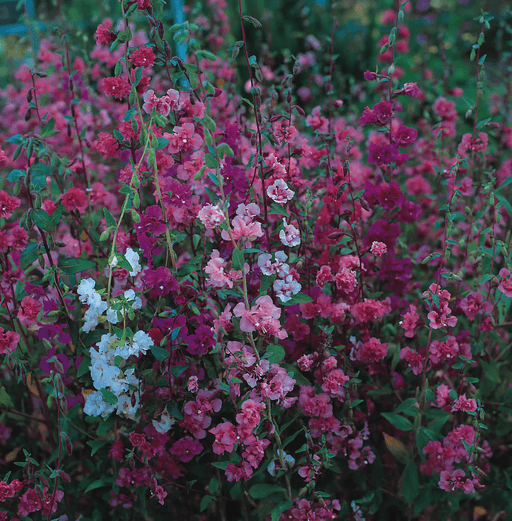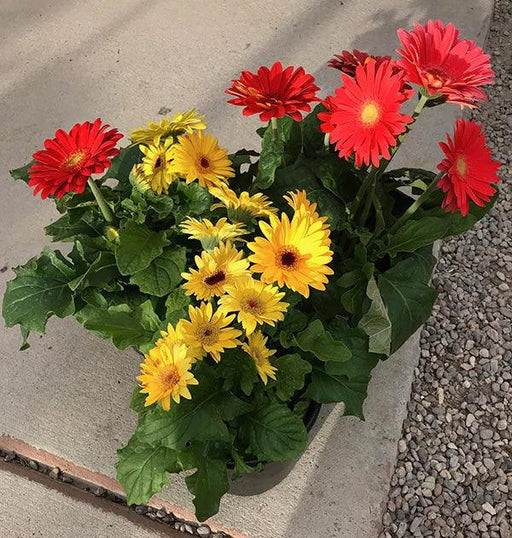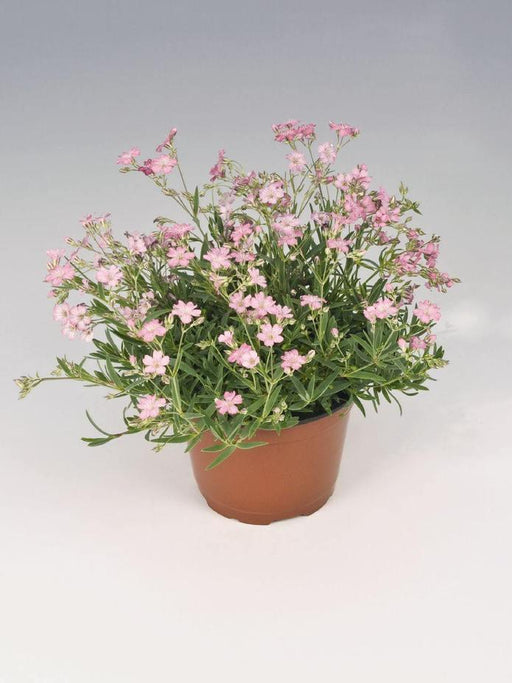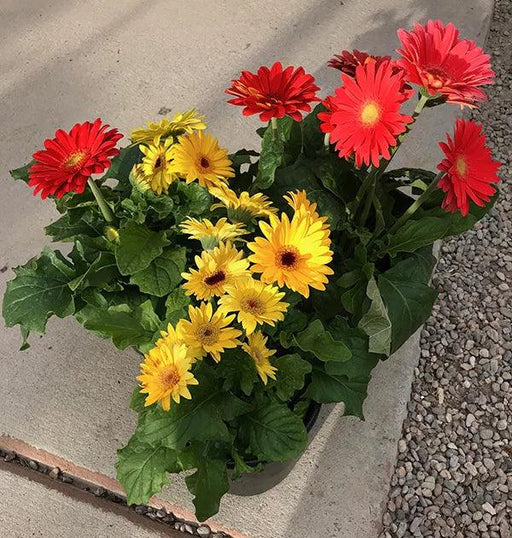
Gypsophila elegans, commonly known as baby's breath or annual gypsophila, is a delicate and attractive flowering plant that is often used as a filler in floral arrangements. It produces clusters of small white or pink flowers on branching stems and has fine, fern-like foliage. Here are some growing tips and guidelines for cultivating Gypsophila elegans:
Climate and Soil Requirements:
Gypsophila elegans prefers a sunny location but can tolerate partial shade.
It thrives in well-draining soil with a pH range of 6.0 to 7.5. Sandy or loamy soils are ideal.
Planting:
Seeds can be sown directly in the garden after the last frost date in your area.
Prepare the soil by removing any weeds and loosening it with a garden fork or tiller.
Scatter the seeds evenly over the prepared area and lightly press them into the soil.
The recommended spacing between plants is about 6 to 12 inches (15 to 30 cm) apart.
Watering and Maintenance:
Keep the soil consistently moist but avoid overwatering, as excess moisture can cause root rot.
Water the plants at the base to avoid wetting the foliage, as this can lead to diseases.
Mulching around the plants can help retain moisture and suppress weed growth.
Regularly remove any weeds that compete with the plants for nutrients and water.
Fertilization:
Gypsophila elegans doesn't require heavy fertilization.
Prior to planting, you can incorporate some well-rotted compost or aged manure into the soil to improve its fertility.
If the plants show signs of nutrient deficiency, you can apply a balanced, slow-release fertilizer according to the manufacturer's instructions.
Support and Pruning:
As the plants grow taller, they may require support to prevent them from flopping over.
Install stakes or small trellises around the plants and gently tie the stems for support.
Prune the plants after flowering to encourage bushier growth and potentially stimulate a second flush of blooms.
Pests and Diseases:
Gypsophila elegans is generally not prone to severe pest or disease issues.
However, keep an eye out for common garden pests like aphids, snails, and slugs.
If necessary, treat the pests with appropriate organic or chemical controls.
Harvesting:
Gypsophila elegans is often grown for its delicate flowers, which are commonly used in floral arrangements.
Harvest the flowers when they are fully open but before they begin to fade.
Cut the stems just above a leaf node to encourage further branching and more blooms.
Remember to check local guidelines and recommendations specific to your region, as growing conditions and timing may vary. With proper care and attention, you can enjoy the beautiful blooms of Gypsophila elegans in your garden or use them to enhance your floral displays.







